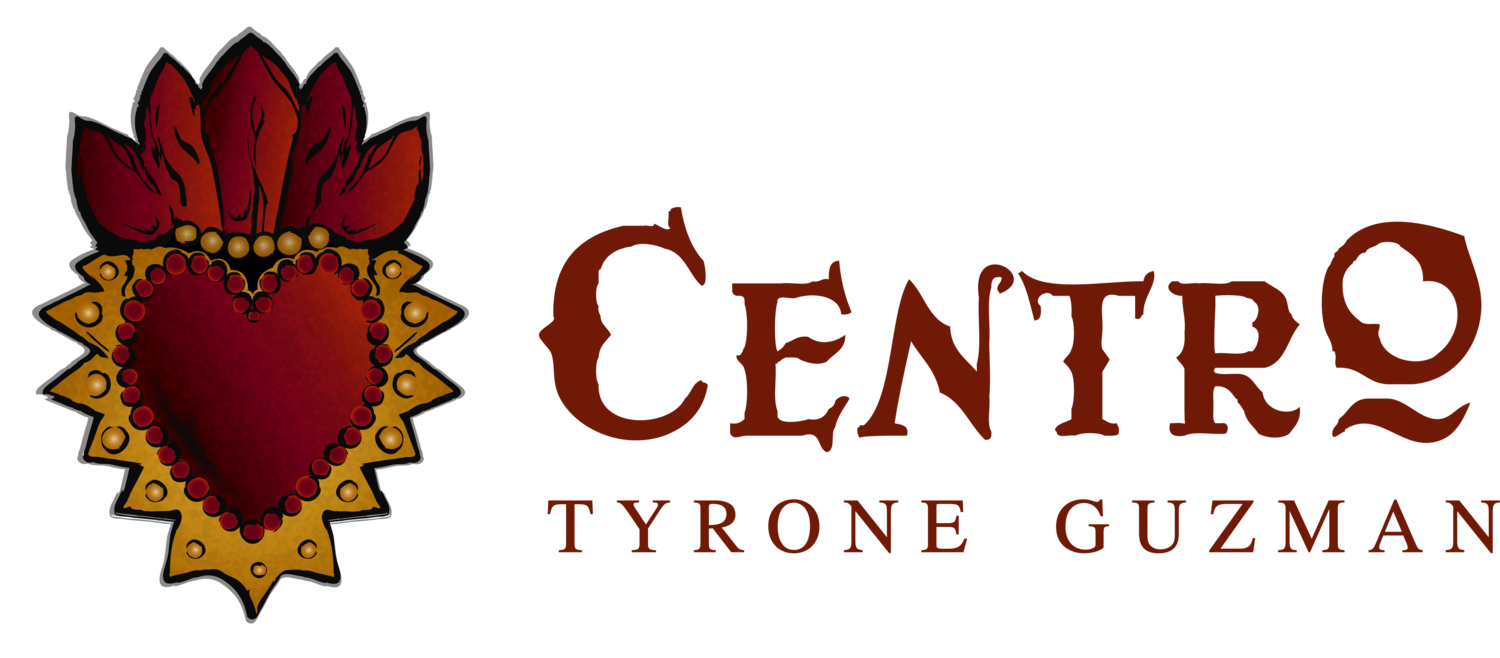Where Life and Memory Meet: Celebrating Día de Muertos 2025
Each year, as autumn colors paint the world in gold and amber, we pause to remember those who came before us. The origins of Día de Muertos reach deep into the heart of ancient Mesoamerica, where cultures like the Olmec, Maya, and Aztec shared a belief that death was not an end, but part of life’s sacred cycle. Among the Aztecs, this understanding took the shape of rituals that honored the spirits of the departed — moments when the living and the ancestors could meet again through memory, offering, and love.
This year, our Day of the Dead celebrations explore the ancient practices of the Aztecs, whose vision of life and death was deeply intertwined with nature and the cosmos. Through the story of Mictlán — the nine levels of the underworld — and the reverence shown to deities like Mictlantecuhtli and Mictecacíhuatl, guardians of the underworld, we rediscover how the Aztecs understood death as transformation, not loss.
Our three exhibits reflect this ancestral wisdom: at Centro Tyrone Guzmán (opening October 27, main event November 1), the Weisman Art Museum (opening October 27, main event October 29), and the Minnesota State Capitol (main event October 30), we invite you to walk among the symbols, colors, and memories that keep this ancient dialogue between life and death alive.
We welcome everyone to join us in this celebration of memory, spirit, and togetherness. Día de los Muertos reminds us that love transcends time — that through every candle, every flower, and every story shared, we keep our ancestors close. Whether you come to honor a loved one, to learn about ancient traditions, or simply to feel the beauty of community, each altar and exhibit offers a space to celebrate life in all its colors. Together, we continue the legacy of remembrance that began centuries ago, keeping our hearts open to those who came before us and to one another.
Donde la Vida y la Memoria se Encuentran: Celebrando el Día de Muertos 2025
Cada año, cuando los colores del otoño tiñen el mundo de dorado y ámbar, hacemos una pausa para recordar a quienes nos precedieron. Los orígenes del Día de los Muertos se remontan al corazón de la antigua Mesoamérica, donde culturas como la olmeca, la maya y la mexica compartían la creencia de que la muerte no era un final, sino parte del ciclo sagrado de la vida. Entre los mexicas, esta comprensión tomó forma en rituales que honraban a los espíritus de los difuntos —momentos en los que los vivos y sus ancestros podían encontrarse de nuevo a través del recuerdo, la ofrenda y el amor.
Este año, nuestras celebraciones del Día de los Muertos exploran las antiguas prácticas de los mexicas, cuya visión de la vida y la muerte estaba profundamente entrelazada con la naturaleza y el cosmos. A través de la historia de Mictlán —los nueve niveles del inframundo— y la devoción hacia deidades como Mictlantecuhtli and Mictecacíhuatl, guardianes del inframundo , redescubrimos cómo los mexicas entendían la muerte como transformación, no como pérdida.
Nuestras tres exhibiciones reflejan esta sabiduría ancestral: en el Centro Tyrone Guzmán (apertura el 27 de octubre, evento principal el 1 de noviembre), el Weisman Art Museum (apertura el 27 de octubre, evento principal el 29 de octubre) y el Capitolio del Estado de Minnesota (evento principal el 30 de octubre), te invitamos a recorrer los símbolos, colores y memorias que mantienen vivo este antiguo diálogo entre la vida y la muerte.
Les invitamos a acompañarnos en esta celebración de la memoria, el espíritu y la unión. El Día de Muertos nos recuerda que el amor trasciende el tiempo —que en cada vela, cada flor y cada historia compartida mantenemos cerca a nuestros ancestros. Ya sea que vengas a honrar a un ser querido, a conocer las tradiciones antiguas o simplemente a sentir la belleza de la comunidad, cada altar y exhibición ofrece un espacio para celebrar la vida en todos sus colores. Juntos continuamos el legado de la memoria que comenzó hace siglos, manteniendo abiertos nuestros corazones hacia quienes nos precedieron y hacia los que caminamos hoy.








